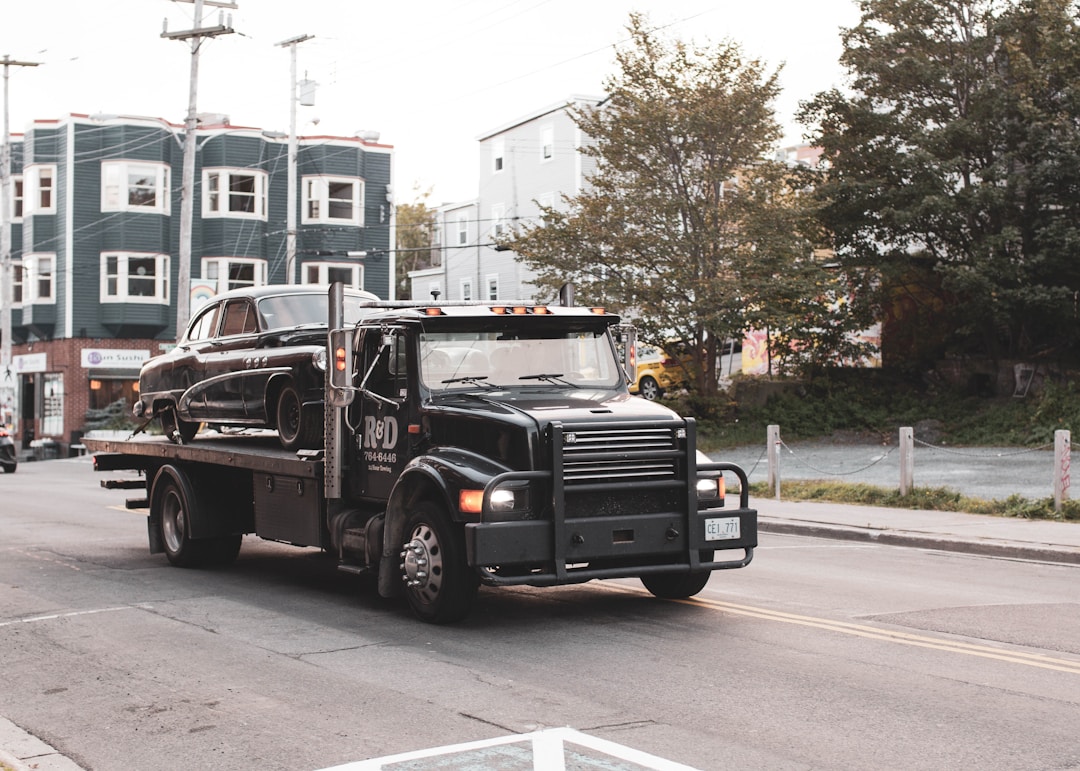Ceramic coating is a paint application that protects the paint layer of a car from damage. This type of protection keeps the car’s paint from chipping, peeling, or fading. It also prevents the formation of acrylics, which form a film over the exterior surface. Ceramic car detailing involves the application of a specialized paint solution and the wiping of the character. It is one of the essential components of Car Detailing Minneapolis and gives a matte and glossy finish.
Ceramic coating is made up of silica (Silica, Si), derived from natural resources like sand and quartz. Some kinds and brands also apply titanium oxide (titanium, TiO2) as an added protection. The primary purpose of ceramic coating is to shield the paint from damage by contaminants and abrasion. Ceramic layers are fragile, so they don’t interfere with the car’s performance. They are usually applied on the front (driver) and rear (passenger) sides.
Ceramic Coating MN is among the best protection available for the car’s finish. They can provide excellent protection against crash damage and scratches. Other types of car treatments also exist that provide similar protection. When you consider which one to buy, it is best to consider its level of security and how well it complements the rest of your car’s paint scheme.
Benefits of Ceramic Coating
- Ceramic coating is much more durable than wax, which means it lasts longer
- It protects from the elements like rain and snow, making your car last longer
- Your vehicle will look better with ceramic coating because of its reflective properties
- The process of applying the layer is easy to do at home and can be done in one day
- Ceramic coatings are water-based, so they’re environmentally friendly and require little to no maintenance
- They come in a variety of colors that match any vehicle or style preference
When you look at the 4runner vehicle, you’ll see that Ceramic Coating is an integral component. This is not only true for the front and rear of the car but also the hood. 4runner fiberglass fiber-reinforced plastic auto body kits come with a variety of coatings. The right one will work better than any other.
Some manufacturers have incorporated DIY kits into their production. These may be a bit more costly than the ready-made products, but they allow the customer greater flexibility. If the customer needs to make modifications to the vehicle, they can make those changes without buying a new kit. Some manufacturers offer interchangeable parts and adapters so that users can use their ceramic coating on claims made elsewhere.
Many auto parts, sealants, and waxes have tried to combine the benefits of ceramic coating and other adhesives. The result is an effective solution for creating a barrier to moisture absorption. A popular combination is an epoxy and polyurethane. In this case, the polyurethane is not a rigid element but rather a flexible backing board. It works much like a rubber band, with a liquid interior. The epoxy layer, which acts as a sealant, is sprayed onto the flexible backing board, creating an invisible barrier that better protects the car from contamination and oxidation.
Other elements have also combined these two elements. For example, zinc-coated glass and plastic are often combined with various acrylics to create a more durable finish. In addition, many detailing shops combine the application of waxes and sealants with the application of ceramic coating. Many shops have successfully reduced the sensitivity of automobiles to ozone and UV light by applying a thin layer of protective wax. This makes the process of detailing a lot more pleasant, especially for people working outdoors.
Ceramic coatings and other sealants have come a long way. Today’s products are far more effective than previous products. They are also less expensive and less toxic than final paint protection products. It makes good sense to invest in these products, whether used in the car or for other detailing purposes.
But there are a couple of things to keep in mind when using these products. First, they do not prevent light scratches. If you must use a paint sealant, make sure that it is specifically designed to deal with light scratches. Otherwise, you could end up having a tough time working to repair light scratches. Also, if the coating has a high SPF value, like SPF 28, you must always wear sunglasses while applying it, as it will significantly reduce the amount of sun that can be reflected off the product.
Some shops prefer to apply a layer of protection film after washing the car. This film, usually water-based, can be used before the customer gets into their vehicle before the first shot of the day arrives. This allows the dealership to give the car owner the chance to wash away any leftover coating and possibly even remove and change the wax. Once the customer gets into their car, the film can be released, and the resin can be applied. With this method of paint correction, it’s important to remember to let the car owner know about the film, so it can be removed and replaced if necessary. And the essential part of this process: knowing that it’s there!
When choosing a paint coating for your vehicle, don’t overlook protecting your paint against the elements. A durable protection film will help protect your investment from damage from sunlight, rain, snow, and even damage from the exhaust pipes of your vehicle. Shop around and get an idea of what products are available for purchase. It may seem like a small detail, but it could make or break your paint job.



